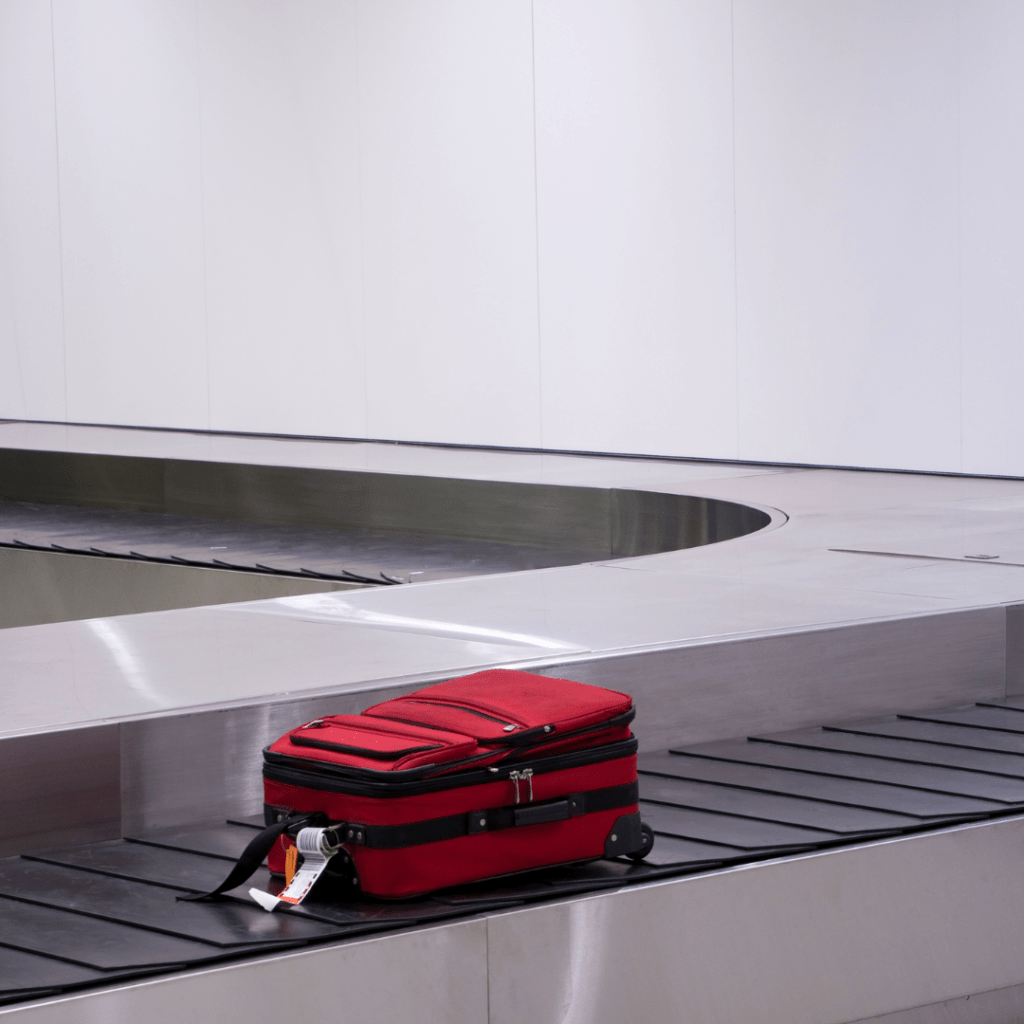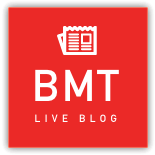
The International Air Transport Association (IATA) is setting up a pilot test for a modern messaging system that should improve communication between airports and airline and lead to a reduction in baggage mishandling.
In 2018, IATA adopted Resolution 753, which requires tracking baggage at acceptance, loading, transfer and arrival. It also stipulates that airlines have to exchange baggage tracking messages with interline partners and their agents. The current baggage messaging infrastructure depends on legacy technologies using costly messaging. The high cost adversely affects the implementation of the resolution and contributes to issues with message quality, leading to an increase in baggage mishandling. This year, IATA will conduct a test on transitioning from Type B to modern baggage messaging based on XML standards.
Between 2007 and 2022 baggage mishandling reduced by nearly 60%. But travellers expect better; and the industry is determined to make further improvements.
Monika Mejstrikova, IATA Director Ground Operations
“Adopting modern messaging is the equivalent of implementing a new standard, intelligible language for use by airlines, airports and ground handling staff so they can effectively communicate about passenger luggage”, said Monika Mejstrikova, IATA’s Director of Ground Operations. “In addition to helping reduce the number of mishandled bags implementation also sets the stage for ongoing innovations in baggage management systems.”
Despite the technological and cost impediments, airlines and airports have still implemented the resolution. In a recent survey, IATA has found that out of 155 airlines and 94 airports, 44% of airlines have fully implemented Resolution 753 and a further 41% are in progress, while 75% of airports have the capability for Resolution 753 baggage tracking.
“Tracking reduces overall mishandlings and helps airlines reunite mishandled bags with their owners even faster. With 44% of airlines already fully implementing Resolution 753 tracking and a further 41% in progress, travellers can have even more confidence that their bags will be at the carousel on arrival”, Mejstrikova added.
Regional variation in airline full adoption rates vary from 88% in China and North Asia, to 60% in the Americas, 40% in Europe and Asia-Pacific and 27% in Africa. For airports, preparedness varies by size, with 75% of mega airports (serving over 40 million passengers per year) being capable, 85% of major airports (25–40 million yearly passengers), 82% of large airports (15–25 million yearly passengers) and 61% of medium airports (5-15 million yearly passengers).
Optical barcode scanning is the dominant tracking technology implemented by the majority of airports (73%) surveyed. Tracking using RFID, which is more efficient, is implemented in 27% of surveyed airports. Notably, RFID technology has seen higher adoption rates at mega airports, with 54% already implementing this advanced tracking system.
By Dana Stefan
Source TravelTomorrow




